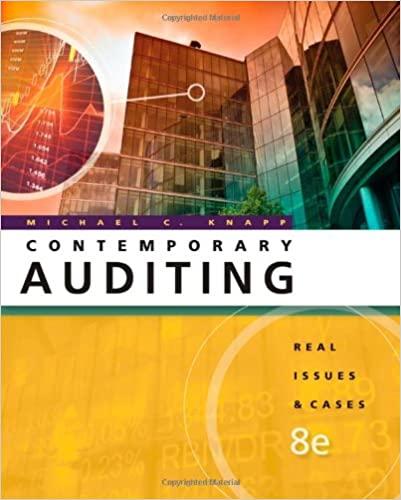Wheat and petrol: Consequences of the conflict in Ukraine on the Australian economy Australia is an exporter of wheat, supplying to the international market. However, we import most of our petrol. Prepare an economic analysis of the market for wheat and petrol in Australia, addressing the following questions: 1. Wheat and the welfare consequences of trade: a. [Basic static analysis of trade] Construct a simple model of the (wholesale) market for wheat globally, and in Australia. Provide a brief but clear explanation to accompany your diagrams, and reect on what access to international trade means for Australian farmers, food manufacturers (e.g. bakeries) and food consumers (i.e. households). b. [Extended dynamic analysis] The market for wheat is affected by the recent unrest in Ukraine (\"Ukraine war could send..." , 2022). Wheat prices are reported to have increased 55 per cent even before the invasion, just based on fears of sanctions and disrupted supply, as Russia and Ukraine account for a large portion of global wheat supply. Russia is also a key supplier of fertilisers used by Australian farmers. How can we expect this to affect Australian wheat producers? What ow-on effects might we expect to see in the wider Australian economy? 2. Petrol and the welfare consequences of taxes: a. [Basic static analysis of tax] Draw a simple model of the retail market for petrol in Australia. Petrol is taxed in Australia (and in most other countries). Evaluate the welfare consequences of a tax on petrol. Is this an example of government failure or a consequence of market failure? b. [Extended dynamic analysis and reection] Petrol prices have recently jumped, and this appears to be directly linked to what's happening in Ukraine (Hutchens, 2022). Explain what has occurred, and evaluate the likely effect on (i) consumer expenditure, (ii) revenue for petrol retailers, (iii) government revenue. Who, if anyone, stands to benefit from this price shock? Some argue that petrol is too expensive, and that the government should cut petrol taxes (Worthington, 2022). Is this justifiable, based on economic reasoning? Helpful hints on diagrams for these questions: 1. (a) Draw two diagrams side-by-side and show how they are linked, treating Australian farmers as price-takers. (b) It may be helpful to use a simplified version of your diagrams for (a) when modelling dynamics. Or, it is perfectly ne to just have one set of. diagrams for (a) and (b). You can use colour to highlight the dynamics, e.g. black for the static analysis and blue for dynamics. 2. (a) In the retail market, supply consists of consists of petrol stations selling petrol to the Australian public. These suppliers buy petrol on the wholesale petrol market, which is a







